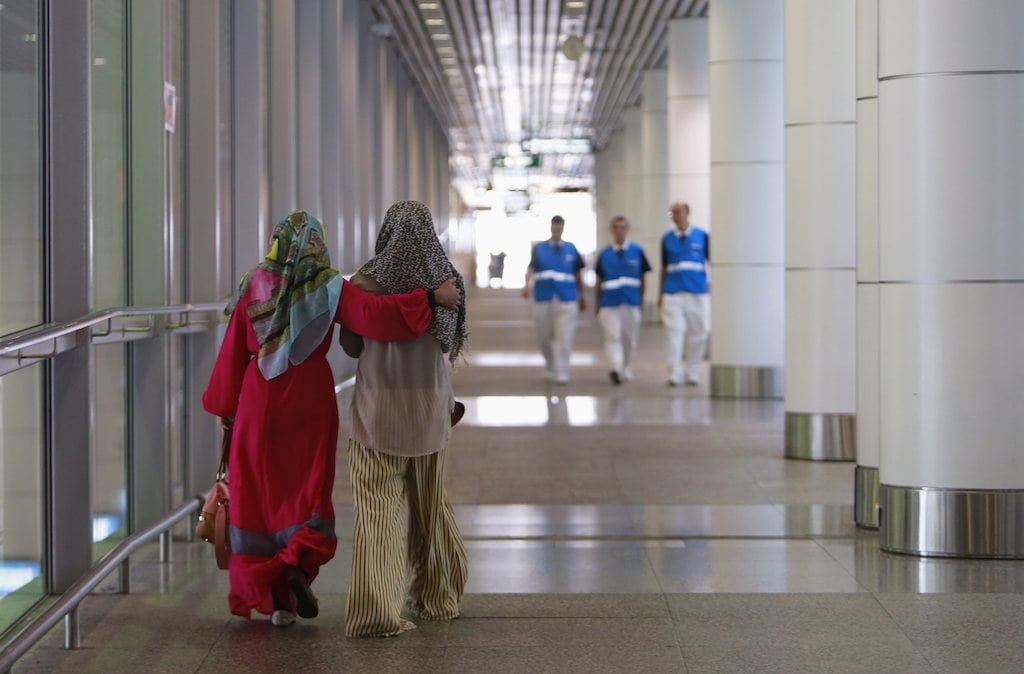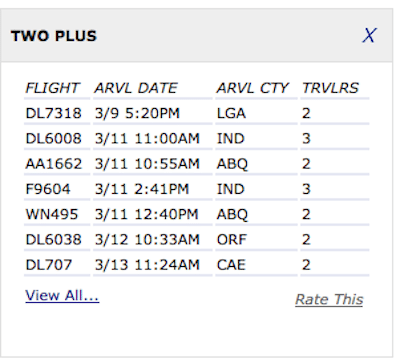Skift Take
It's seemingly cold, crass and cruel to confront these issues, but corporations, large and small, need to have policies outlining how many employees can fly together in case a nightmare scenario takes place.
Should executives fly together? How about non-managment employees? Should corporations have risk-mangement policies covering these issues?
The issue comes to the fore with the presumed crash of Malaysia Airlines flight 370 as Freescale Semiconductor of Austin, Texas, stated it had 20 employees on the flight from Kuala Lumpur to Beijing. Twelve of the employees were from Malaysia, and eight from China.
Freescale, which is controlled by a Blackstone, Carlyle Group and Permira Advisers consortium, has more than 18,000 employees, and has operations in more than 20 countries, including China and Malaysia. Freescale did $14 million in annual travel spend, according to a 2014 case study by Carlson Wagonlit Travel, which has handled the company’s travel in recent years.
It isn’t immediately known whether the Freescale employees on the Malaysia Airlines flight were executives or non-management personnel, but Greeley Koch, executive director of the Association of Corporate Travel Executives, based in Alexandria, Virginia, tells Skift that most companies with managed travel programs have policies covering executives and employees flying together on the same flights.
Most corporations with managed travel programs have a mandate that no more than one or two C-suite executives be allowed to travel together, and that fewer than five employees at an operating committee level be permitted to do likewise, Koch says.
Travel policies for employees at lower ranks vary widely by company depending on corporate culture, the size of the company, their expertise and the proprietary nature of their skill sets, Koch says.
ACTE conducted a survey about the topic in 2009 after US Airways flight 1549 safely landed without loss of life on the Hudson River after a bird strike on January 15, 2009. Bank of America reportedly had nearly two dozen employees on the flight.
The ACTE survey of 101 companies found at the time that 84% of companies had varying policies that prohibited a certain number of employees from traveling together, but 61% of those mandates applied to company executives only.
Some 16% of the companies surveyed had no such policy.
Many large travel agencies offer resources to help their corporate clients deal with such risk-management issues, including tools to identify when too many employees or executives may be booked on a single flight.
At right is the Two Plus tool from Short’s Travel Management that alerts corporations and travel agents when employees are flying together on the same flight.
In addition to the US Airways “Miracle on the Hudson,” there have been several incidents in recent years that provide impetus for such policies covering corporate employee — or government employee — travel.
In April 2010, a Polish Air Force plane carrying the country’s president, senior military officers, and 18 members of parliament crashed in western Russia. There were no survivors among the 96 people on board the flight.
In 1989, three of Donald Trump’s top executives for his casinos in Altantic City died in a helicopter crash in New Jersey.
The Daily Newsletter
Our daily coverage of the global travel industry. Written by editors and analysts from across Skift’s brands.
Have a confidential tip for Skift? Get in touch
Tags: malaysia airlines
Photo credit: Family members (foreground) of those onboard the missing Malaysia Airlines flight walk into the waiting area at Kuala Lumpur International Airport in Sepang March 8, 2014. Samsul Said / Reuters

